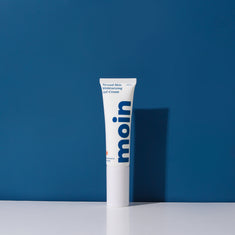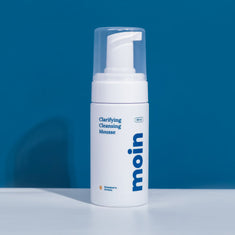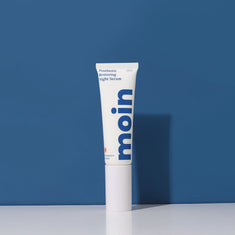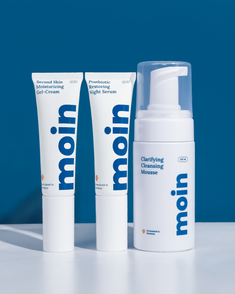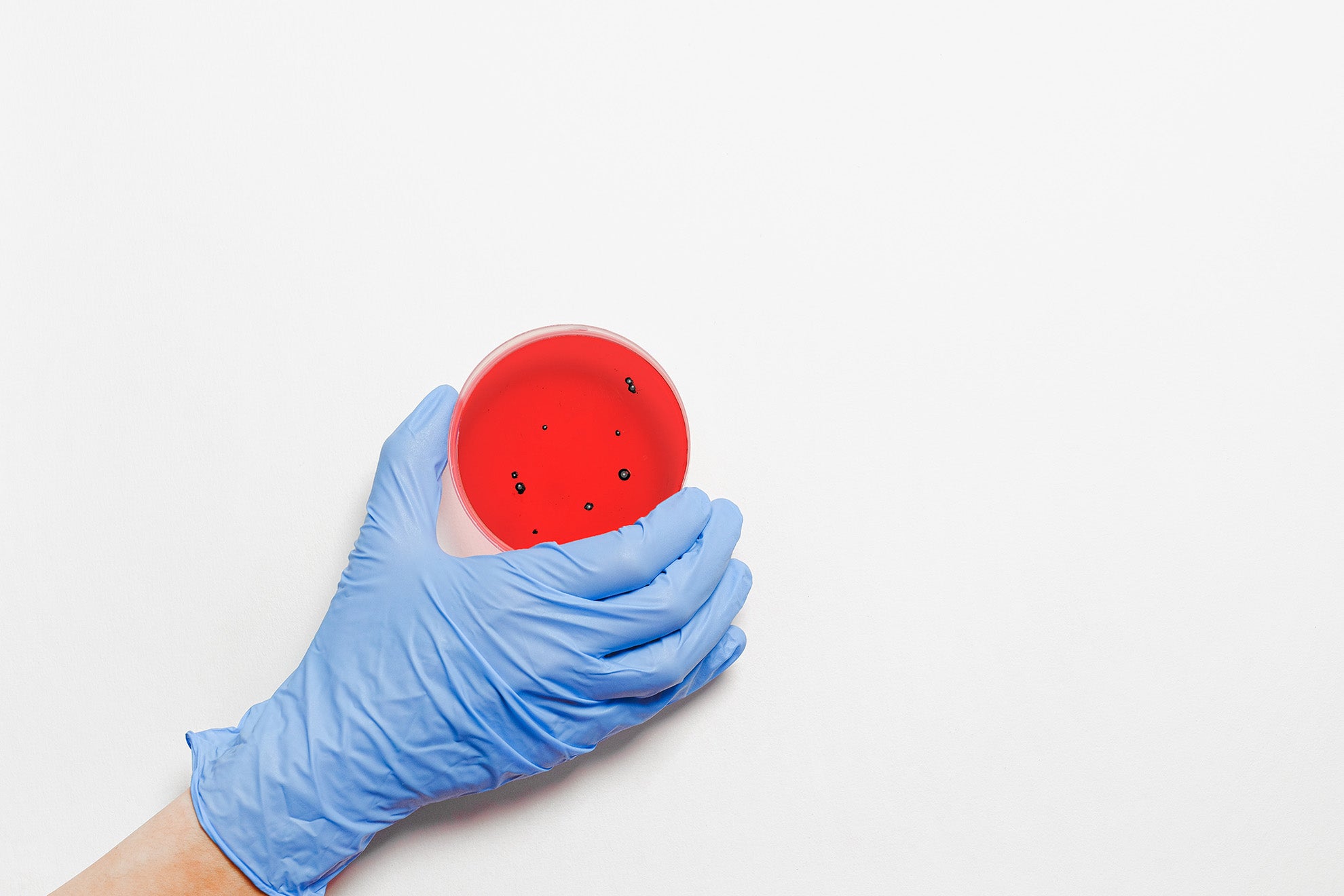Why We Need Preservative in Our Skincare Products
If you were to ask what is the most important ingredient in skincare product. Preservative would be the answer. While you shouldn't worry too much about water-free products like oil serum or balm, preservative must be present in a water-based formulation like creams, lotions, shampoo, to name a few.
The presence of water in the formulation can be as a medium for the growth of microorganisms, especially in humid environments like bathroom where we usually store our beauty products. Without preservatives, the product can become unsafe for consumers and even cause serious infections and health problems and we certainly don't want that. At the end of the day, we should use cosmetic products that not only provides an excellent result for our skin but is also safe to use.
Antioxidant is not a preservative. Most of the time, essential oils don't really work either
Before we talk further about this topic, it is important to note that antioxidants such as vitamin E, rosemary extract or grapefruit seed extract are not preservatives. While it has the ability to prevent oils and organic ingredients from degrading and spoiling, thus extending shelf life, the antioxidant has no antimicrobial properties. You may have also seen natural cosmetic brands that use essential oils in their formulation for preservation. While some essential oils do have antimicrobial properties, in most cases they are ineffective at truly protecting the product from various types of microorganisms. Usually, a combination of some essential oils in high doses is required for them to work well, which unfortunately can cause skin irritation due to allergens that the essential oil contains.
How to choose the right preservative?
Nowadays, brands with a more natural approach to beauty products tend to avoid common preservatives like parabens, formaldehyde donors or isothiazolinones. So formulators need to find some alternatives.
The thing is that in the field of natural cosmetics, the word "natural" itself has no legal definition. Each company will have a different idea of what natural actually is. Some think of a natural ingredient as being derived directly from a plant and minimally physically processed, while others are happy to accept some level of chemical processing for their natural ingredients.
Therefore, before choosing a substitute for these conventional preservatives, it is important that manufacturers meet their own requirements. Natural cosmetics control associations such as Ecocert, Cosmos or Natrue have some guidance on this subject and a list of approved ingredients for natural products. This can help manufacturers choose which preservative ingredients to include in their formulation. But my personal favorite is ISO 16128, which is a standard for cosmetic ingredients and finished cosmetic products. ISO 16128 allows the degree of natural or biological origin to be determined numerically, making it easy to compare individual raw materials and finished products with each other.
Choose your preservative wisely
Not every preservative acts in the same way. One must therefore consider its antimicrobial properties. Remember that the product must be adequately preserved, not only to protect the formulation from any contamination, but also to kill the growth of germs brought in by the consumer with each application.
Ideally, a broad-spectrum preservative is preferred. It means the preservative must be effective against different types of microorganisms, such as Gram+ and Gram- bacteria, fungi, yeast and mold. Many preservatives on the market are also pH sensitive. If the pH of the system is too low or too high, the preservative may become ineffective. How much preservative to put in the formulation also depends on each material, as each preservative has different recommended use concentrations from suppliers.
Preservative system, instead of preservative
When thinking about preservation, consider a whole system, rather than just relying on the preservative ingredients themselves. When manufacturing cosmetic products, it is also important to pay attention to the quality and hygiene of the raw materials, to follow good manufacturing practices, and to choose the right packaging. Although using a jar may not be the best option, as we as consumers have to dip our finger to get the product, packaging that minimizes air exposure should be chosen, such as airless tube or pump bottle.
Preservatives used in skincare products
Pentylene glycol
This material is a multi functional with the recommended application concentration up to 5%. Not only for preservation, pentylene glycol can help the skin retain its moisture and increase the effectiveness of active ingredients used in a cosmetic formulation.
Propylene glycol
Propylene glycol is often used in plant extracts as a solvent and to inhibit the growth of germs. In addition, propylene glycol also acts as a humectant, meaning it can draw moisture up from the deeper layer of the skin to keep the skin hydrated.
Sodium benzoate
Sodium benzoate is a classic natural preservative used not only in foods but also in cosmetic products for its antifungal properties. It is a salt of benzoic acid found in various fruits such as apple, apricot and cranberry. Sodium benzoate can be found in our aloe plant concentrate.
Potassium sorbate
Just like sodium benzoate, its acid, sorbic acid, is a natural compound and can be found in berries. Potassium sorbate is often combined with sodium benzoate to provide effective protection against bacteria, mold and yeast. This substance works best in the pH range below 6.
Cosgard (INCI: Benzyl Alcohol, Dehydroacetic Acid, Aqua)
It is a broad spectrum antibacterial and anti fungal preservative. Most effective in the pH range between 3-8, Cosgard is typically used at a concentration of 0.2-1%. This preservative, which is both Ecocert and Cosmos compliant, is one of the most commonly used preservatives for natural cosmetics on the market.
